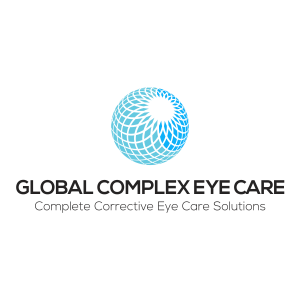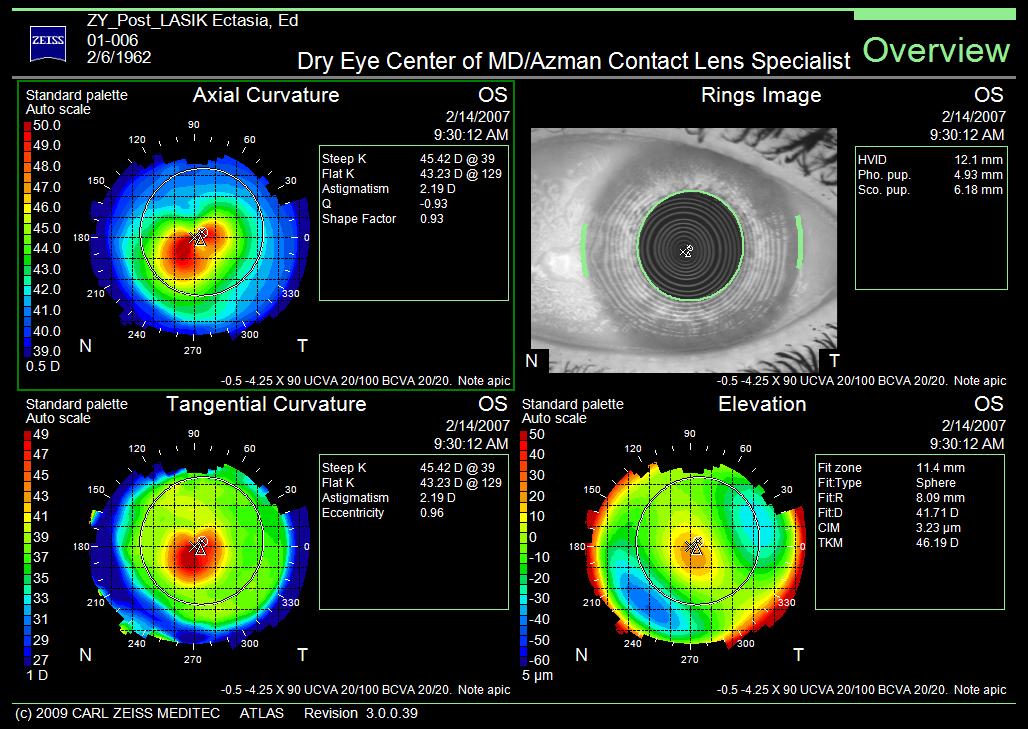Anyone with poor vision will tell you that it comes with a host of frustrations. You cannot see properly without contacts or glasses, and life is just that much harder than it is for everyone else. Many who experience this effect turn to eye surgery for help. They do their research, see a doctor, and settle on a treatment. Which is often LASIK. However, in the early ’80s and ’90s, many people went with Radial Keratotomy (RK), which is supposed to fix one’s eyesight and allow them to live a normal life. Unfortunately, they aren’t always so lucky.
Eye Surgery Isn’t Perfect
The untold secret of eye surgeries is the complications that frequently come with them. In fact, significant proportions of patients report dissatisfaction with their procedures. The following are four statistics about post-surgery patients that you might find surprising. With Radial Keratotomy (RK) the statistics are even higher.
- Experiencing at least one side effect – 53%
- Not highly satisfied – 24%
- Experiencing issues after six months – 22%
- Repeat surgery required – 12%
The point is this: Treatments like LASIK and Radial Keratotomy (RK) are not perfect. Post-LASIK, RK, PRK, and other eye surgery complications are very real. If you choose to get a procedure, you could be a victim. That’s not to say that you should never consider an eye surgery. Instead, you should simply understand the risk that comes with them and have a post-surgery plan in case your treatment does not go as planned.
Am I Experiencing Symptoms?
If you have already had eye surgery, you may be experiencing symptoms. Some of the most common ones are blurry vision, double vision, ghosting, glare, halo effect, and starbursting.
What Are My Options?
So far, we’ve mostly talked about dark matters like surgery complications and symptoms. If you’re feeling overwhelmed and hopeless, you shouldn’t. There is a fix for these issues: Seeing Dr. Irwin Azman, a post-surgery specialist who has helped thousands of patients with their vision issues. Here’s what Dr. Azman can do for you:
- Provide Personalized Treatment – In the course of a day, Dr. Azman will see many patients. One might need contact lenses after Radial keratotomy (RK) eye surgery, while another will require an entirely different treatment. What makes him such an effective doctor is his understanding that no solution is one size fits all. Instead, he treats each patient as a member of his own family. He starts with an in-depth conversation about medical history and symptoms. Next, he discusses treatment options with the patient, helping them understand each of them entirely. The result of this is an effective treatment plan that gives patients the highest level of care possible.
- Solve Issues Other Doctors Cannot – One thing that Dr. Azman frequently hears from patients is that they have been to multiple doctors before and have been left unsatisfied. It is no mystery why. Many people will see a surgeon for their initial treatment, but find that this doctor is not equipped to help with post-treatment complications. Next, they’ll see a typical eye doctor, who also won’t have any answers. Their last stop is at Dr. Azman’s office, where they finally get the treatment they need. The reason is that these other doctors either have too general of knowledge or they specialize in the wrong area. Dr. Azman is the perfect option because he has decades of experience in this specific field.
- Provide a Variety of Options – There is no single treatment option that we use to help our patients. Instead, we tailor our treatment to each individual that walks through our door. The ones that we most commonly use are soft contact lenses, RGP hard lenses, custom soft lenses, hybrid contact lenses ( SynergEyes), scleral contact lenses, custom scleral lenses, PVR PROSE, EyePrint PRO, and Boston Scleral lens. That being said, we have more tricks up our sleeve for more complicated cases, so no matter what you need, we will have a solution.
One thing that we see over and over again at Dr. Azman’s office is people that are deeply discouraged. The reason is that they have tried and tried to fix their vision issues, but to no avail. They come to Dr. Azman as their final option and hope for the best. Another thing we see again and again is the look on those people’s faces when they finally get the treatment they need. This is why we do what we do, and there is nothing more satisfying than a happy patient.
If you’re experiencing any adverse symptoms after your eye surgery, don’t think that you need to live with them. Instead, take control and see Dr. Azman. When you do, you will be one step closer to solving your issues and taking your life back.





